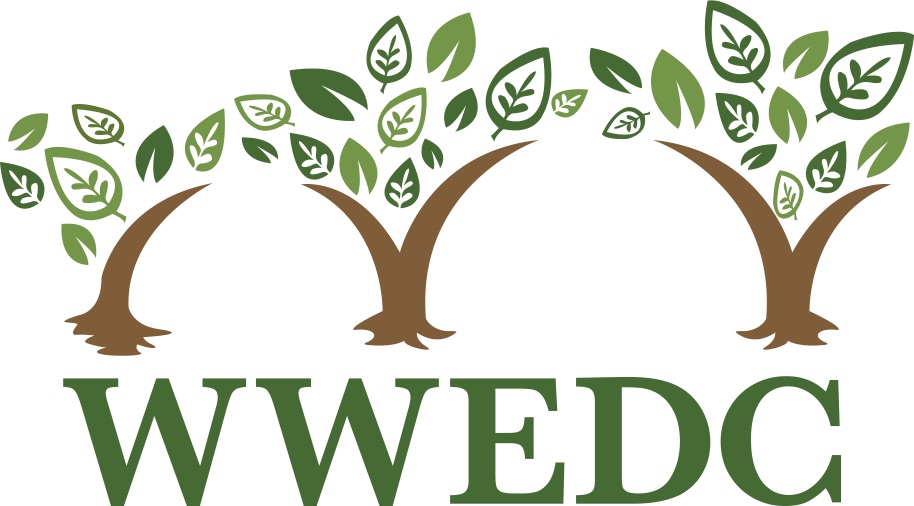Blog written by Elyse Hodgins, Master of Applied Nutrition Candidate
As a dietetic intern and future registered dietitian, I recognize the importance of nutrition professionals having an understanding of body image and a skill set in this area, as these two topics can be often linked. My knowledge of body image frameworks was expanded much more in the past 2 months throughout my public health placement with Student Wellness Services at the University of Guelph and specifically working with Lindzie O’Reilly, RD, who practices dietetics with a weight-inclusive approach, specifically through the HAES framework. If you are unaware, HAES stands for Health At Every Size and it is a movement specifically in healthcare settings which shifts the focus away from weight management and more towards health promotion. This is important as weight is sometimes assumed to be an indicator of an individual’s health, when this is not reality. Weight is actually a poor indicator of overall health status, and those with an average BMI are not necessarily “healthy”, just as those with an above average BMI are not necessarily “unhealthy”. Furthermore, HAES recognizes that weight cycling and dieting can be linked to compromised psychological well-being and can have an overall negative impact on health, therefore healthcare professionals are encouraged to take the focus off of weight outcomes and emphasize actual health indicators instead.
The HAES movement also encourages body acceptance rather than a focus on weight loss or other weight-related outcomes. This is similar to another recent topic and movement in the body image field that has become popular, and that I have learned more about throughout my placement, which is body neutrality. Body neutrality encourages individuals to accept their body in its current state, and focus on all the functions our body does for us rather than how it looks. For some people the idea of body positivity and loving the way they look can feel like a big stretch, therefore body neutrality is a more attainable way of viewing ourselves, as it falls somewhere between self-love and self-criticism. If you are having a difficult time fully loving the way you look, try a body neutral approach, where you don’t need to see your body in a positive or negative way, but rather you accept and appreciate all the incredible functions your body does for you.
Working under a preceptor who practices dietetics using the HAES framework has allowed me to reframe the way I communicate nutrition information to the public to ensure I am portraying the correct message. For example, labelling certain foods as “good” and “bad”, or even “healthy” and “unhealthy”, could perpetuate certain issues such as disordered eating by inadvertently sending the message that some foods should make you feel guilty if you eat them. Instead, I learned to refer to foods in other ways such as “nutrient dense” which shifts the focus more towards health promotion and encouraging the public to consume foods that make them feel their best. HAES encourages individuals to recognize how the foods they consume make them feel, and to use these feelings to make decisions on the foods they eat. For example, encouraging the public to select food that makes them feel energized, satisfied and in a good mood, as opposed to restricting or binging on certain food categories for fear of negative weight outcomes. Therefore, the main lesson that I have learned throughout my placement is how meaningful the words we use can be, and nutrition professionals should be aware of the way they communicate with their clients and the public because of this.
Learning how to practice dietetics using HAES terminology and understanding the topic of body neutrality throughout this past placement has inspired me to continue advocating for these movements and topics in my future career as an RD. I plan to practice dietetics in a non-judgmental and inclusive way, which also means weight-inclusivity, whereby all my clients feel equally supported and their individualized needs are met through nutrition care. I will be aware of the language that I use as a nutrition professional to ensure that I am not perpetuating diet terms and that the goals I have for my clients are based on overall health promotion, rather than weight outcomes. In conclusion, I am grateful for my public health placement which has allowed me to fully embrace the HAES movement and I am excited to bring this knowledge into my future career and share it with my future clients, colleagues, and workplace.
References
Bacon, J., & Aphramor, L. (2011). Weight Science: Evaluating the Evidence for a Paradigm Shift. Nutrition Journal, 10(9), 1-13.
Muenter, O. (2020, Aug 19). 7 Wellness Experts Explain “Body Neutrality” and Why it’s Worth Exploring. Byrdie. https://www.byrdie.com/what-is-body-neutrality-5075038
Resnick, A., & Goldman, C. (2021, May 20). How to Practice Body Neutrality. Very Well Mind. https://www.verywellmind.com/how-to-practice-body-neutrality-512091

